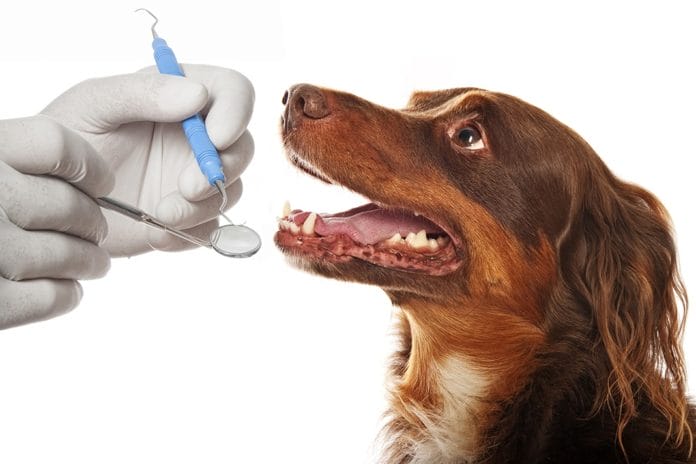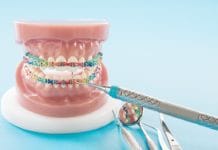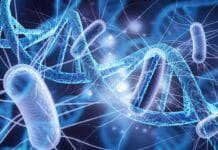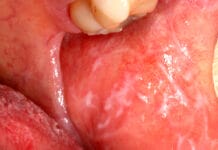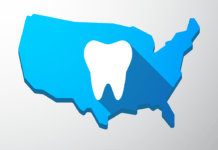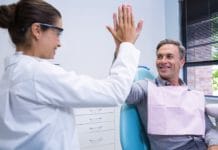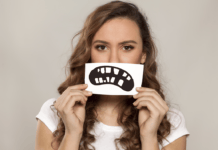It seems in every blog, Facebook group, or gathering of hygienists, someone brings up pet dental. While the end result of clean teeth and healthy tissue is the same for humans and pets, and the instruments are similar, the procedure is quite different.
Puppies and kittens begin their dental examinations at the very first preventive appointment, at about 6-8 weeks of age. Dental exams continue throughout the frequent vaccination appointments and preventive appointments to check for maladies including misaligned teeth, retained deciduous teeth, and teeth which haven’t erupted. Most veterinarians recommend a yearly dental examination and prophylaxis after the age of one.
For a pet, the dental prophylaxis is a surgical procedure requiring general anesthesia. Prior to the surgical prophylaxis, a thorough medical evaluation and bloodwork are performed to evaluate for underlying disease which may increase the risk of general anesthesia. Once approved for surgery, pre-medication begins, and an IV catheter is placed containing medications to provide sedation. Veterinarians reduce the risk of injury to the pet’s airway by placing an endotracheal tube inflated appropriately in the pet’s trachea to avoid water and contamination making its way into the lungs. Constant monitoring of blood pressure, heart rhythm, pulse oxygenation, and temperature must be maintained while under anesthesia.
Radiographs may be taken; it is important to note that not every pet owner chooses to have the radiographs taken, and not every veterinary office has the capability. Imagine working blindly while treating a patient; it sounds treacherous! Any teeth with mobility, fractures, or pathology will generally need extraction and are given nerve blocks then removed. Our pets are sent home with pain medication and antibiotics as needed.
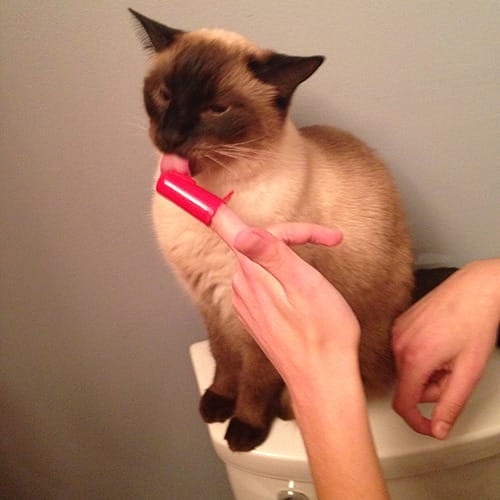
Many hygienists say they clean their pets’ teeth, and that’s great if it can be done safely and effectively. Daily brushing with pet-specific paste is wonderful and always recommended for daily bacterial reduction and overall dental health. It is recommended that cat or dog’s teeth be brushed daily with enzymatic toothpaste using either a pet-specific finger brush or soft bristle human toothbrush. There are also dental treats and prescription, dental diets which can be used to minimize calculus formation in-between dental cleanings. The kibbles in dental diets are harder and more porous than traditional kibble to physically scrape the pets’ teeth while eating, thus removing plaque, and decreasing the amount of calculus production. Each dental appointment comes with a reminder that xylitol, a product found in some human toothpaste and foods, is poisonous to pets and may lead to death.
Decay issues are completely different from humans, as most pets will never have issues with decay, but suffer many more fractures from bone chewing and rough play. Most pets do not exhibit clinical signs of dental pain and symptoms and may be difficult to interpret unless the pet is drooling excessively, has oral bleeding, dropping food, or having difficulty eating.
The prophylaxis of pet and human is similar, including probing, ultrasonic scaling, hand scaling, coronal polishing, and fluoride application. This portion of the procedure could be done by a hygienist if trained in the anatomy of pet oral cavities, as well as breed-specific issues affecting oral health. Tiny breed dogs are prone to more dental issues, while short-faced dogs are at greater anesthetic risk due to inherent airway issues, as are dogs with class III malocclusion. State animal health officials have a website that gives contact information for each state veterinarian, or you can contact your particular state professional regulations office to see if your state allows dental hygienists to treat pets in a veterinarian-supervised setting.
During the procedure, the animal is positioned on its side, and the near/toward surfaces are treated first, then the animal flipped for far/away surfaces to be accessible due to lost access from the endotracheal tube. The ultrasonic must not rest on any tooth surface, as the pulp can overheat quickly, resulting in damage to the tooth and potential tooth death. Bone levels are measured through probing and mobility is tested. Any teeth with significant periodontal conditions, fractures, and resorptive lesions must be extracted to avoid future abscess, pain, or risk of swallowing a tooth. Extractions are performed by the veterinarian, most frequently during the prophylaxis, to avoid further general anesthesia.
It seems we are all aware of hygienists who want to do their own pets prophylaxis or who question the cost of a pet dental procedure. It is a bit ironic that when our patients ask for justification of fees, procedures, and insurance estimates we are so often irritated. Yet, for our pet’s oral health, many in the dental community are doing the same thing. It is important to understand in all procedures, both veterinary and human, what the fee entails and why it is necessary. Veterinary dental fees include blood work, general anesthesia, medications, IV fluids, full-mouth radiographs, prophylaxis, fluoride treatment, anesthesia monitoring, post-operative pain medications and antibiotics, and even a complimentary mani-pedi.
Great quality work comes with a price, and value needs to be placed on the treatment. Occasionally scaling your pets’ teeth will never be as productive as a full prophylaxis under general anesthesia. Few, if any, pets will remain still for scaling of the buccal surfaces, let alone the lingual. It would be dangerous for both pet and operator to attempt as any small movement can puncture the tissue, or potentially damage the root. When hygienists do not allow for veterinarian performed prophylaxis, we may miss early signs of disease creating a situation that cannot always be managed and may lead to decreased eating, behavioral issues, halitosis, loss of teeth, and systemic disease, including toxemia and death.
Registered dental hygienists may enjoy transitioning between pet and human dentistry, but extensive training and education will be required for the administration, monitoring, and anesthesia portion of the surgery. The prophylaxis and education portion could be performed if working with direct supervision of a licensed veterinarian. However, like dentistry, each state has regulations which govern the practice of veterinary medicine. It is always best to check with your particular state veterinary licensing body to see what would be needed to allow dental hygienists to perform pet prophylaxis.
The American Veterinary Dental College (AVDC) has developed this position statement as a means to safeguard the veterinary dental patient and to ensure the qualifications of persons performing veterinary dental procedures:
Primary responsibility for veterinary dental care: The AVDC defines veterinary dentistry as the art and practice of oral health care in animals other than man. It is a discipline of veterinary medicine and surgery. The diagnosis, treatment, and management of veterinary oral health care is to be provided and supervised by licensed veterinarians or by veterinarians working within a university or industry.
Who may provide veterinarian-supervised dental care: The AVDC accepts that the following healthcare workers may assist the responsible veterinarian in dental procedures or actually perform dental prophylactic services while under direct, in the room supervision by a veterinarian if permitted by local law: licensed, certified or registered veterinary technician or a veterinary assistant with advanced dental training, dentist, or registered dental hygienist.
There are a number of upsides to veterinary dentistry, including there is no, “turn toward me,” all of your patients will be fully anesthetized, and if you are very lucky, you will get some great snuggles and licks. Bottom line, if you love animals and want to see that, they too, have excellent oral health and home care instruction, then veterinary dentistry may be for you. But know the Veterinary Medical Practice Acts in US states, and Canadian provinces, require any dental work done on veterinary patients must be done by or under the supervision of a licensed veterinarian. Interesting to note is that the salary for pet dental care is approximately half of traditional compensation for human dentistry as is the scheduled time allotment per appointment. Follow your heart, and perhaps your state will allow you the best of both worlds.
SEE ALSO: Why Dental Hygienists Should Sharpen their Own Instruments
DON’T MISS: 10 Pet Peeves of Dental Hygienists (Plus 5 Patient Pet Peeves)

